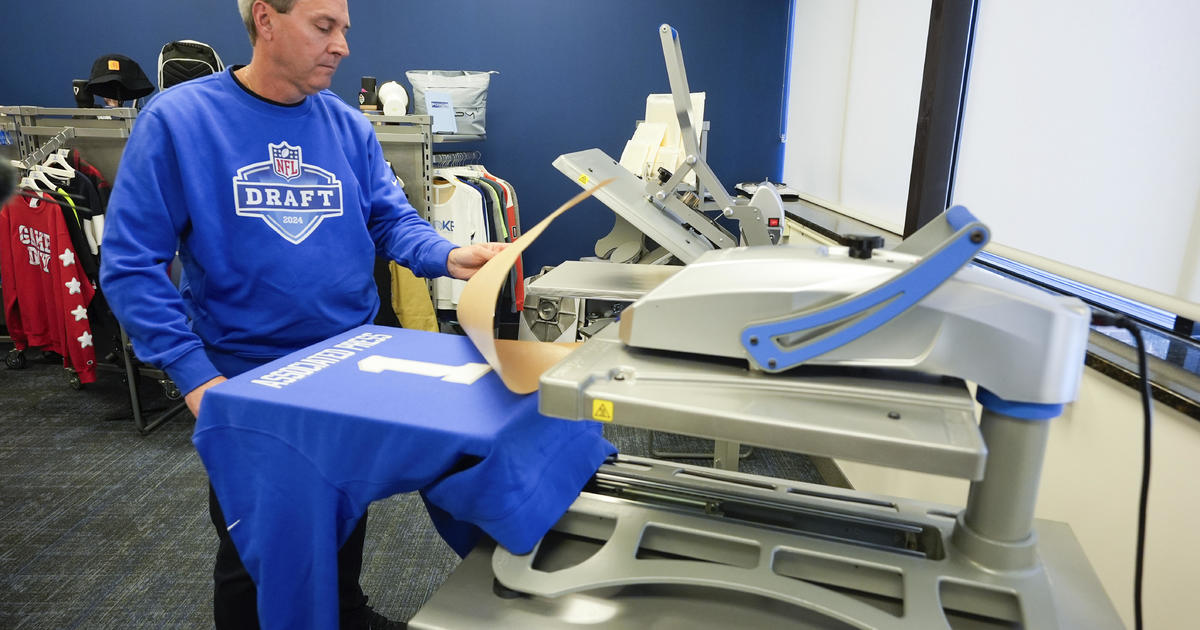New Ford Escape Mirror Sees Sound, Giving Drivers Quieter Ride
DEARBORN -- When Ford engineers sought out innovative ways to reduce noise in the all-new Ford Escape, they looked in the mirror.
But these engineers did not look into any mirror; they focused their eyes on an elliptical acoustic mirror.
This high-tech device was used for the first time on Escape to reduce wind noise and deliver a quieter interior. The mirror resembles a satellite dish with a microphone. The mirror identifies "hot spots" where noise penetrates the interior of the vehicle, allowing drivers to listen to music or conversation inside the car instead of external noises.
This technology is deployed more commonly by European luxury vehicle manufacturers and is considered a breakthrough among U.S. manufacturers. The mirror measures noises on the surface of the vehicle and in the airflow.
The engineering team was able to make changes to the Escape shape, specifically the mirrors and A-pillar, while in the early clay model phase to test theories and validate expected results. Work was done in the Ford Aeroacoustic Wind Tunnel in Germany.
"We previously didn't have this tool available," said Peter Kleesattel, interior quietness development engineer. "Essentially we were able to optimize the shape earlier. In noise and vibration, the basic idea is you have noise sources outside the vehicle and you have the path. The path could be through the glass, door or insulation. Now we're able to optimize the shape early on, reduce the exterior source and create a quieter interior."
The optimized shape means the new Escape is quieter than the outgoing vehicle, and preliminary data show it will be among the leaders in interior quietness. In particular, the tuning work on the A-pillar helps ensure better noise performance in crosswind situations.
Wind noise performance has been optimized through more than 160 hours of engineering. In a typical eight-hour block, more than 20 configurations can be tested, including glass, mirror sealing and door sealing.
"Using the elliptical acoustic mirror helped the team pinpoint the source of the noise," said Bill Gulker, NVH (noise, vibration and harshness) supervisor. "Previous technologies required more of a trial-and-error approach to finding the issue."
The science behind acoustic mirrors dates back almost 100 years. The technology was a precursor to radar, used for "listening" for and detecting enemy aircraft along the coast of Great Britain during World War I.
More at www.ford.com.



